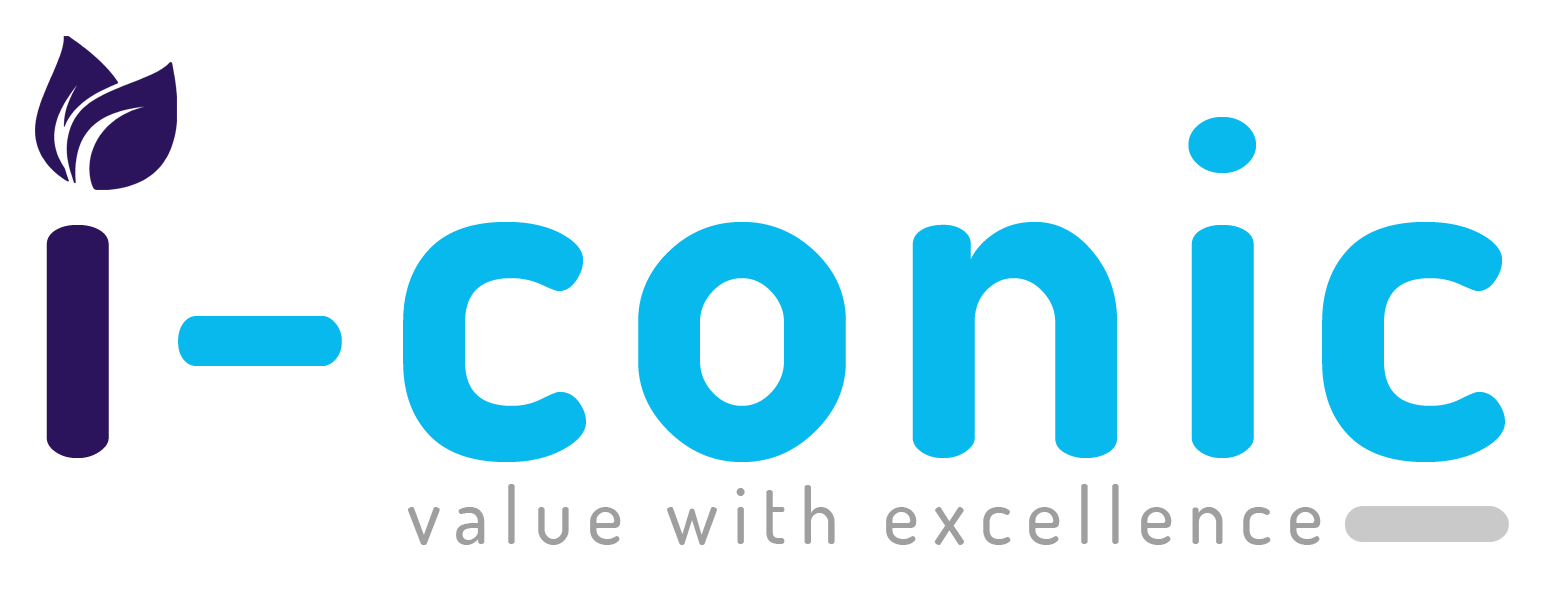In the complex world of healthcare, the essential but intricate process of medical coding is the direct link between the services you provide and the cash flow your practice relies on. Its accuracy and speed are non-negotiable for a healthy Revenue Cycle Management (RCM).
This crucial function presents every healthcare practice with a significant strategic dilemma: Should you maintain full control with an in-house team, or leverage specialized expertise through outsource medical coding services? This article provides a definitive breakdown of the outsourcing vs in-house medical coding pros and cons, dissects the true financial investment, and shows you how to calculate the real ROI of each model.
The Core Difference: In-House Coding vs. Medical Coding Outsourcing
To make an informed decision, it’s vital to clearly define the two operational models that manage your coding volume.
1. The In-House Model: Control and Complexity
This model means coding is handled by employed, full-time coding staff located within your practice facility. While this offers direct management and immediate oversight, it requires dedicated resources for Human Resources, management time, and IT. The key challenge lies in the direct responsibility for recruitment, continuous training, maintaining certifications (like AAPC or AHIMA), and managing staff turnover.
2. The Outsourced Model: Specialized Partnership
The outsourced model involves partnering with a medical coding outsourcing company (like I-Conic Solutions) or medical coding firms to handle all or a portion of your coding volume. This strategic move allows the practice to concentrate solely on patient care. The best vendors offer assurance and accessibility, providing high-quality medical coding services USA (or to the USA market) through specialized, certified remote teams.
Outsourcing vs In-House Medical Coding Pros and Cons
The comparison between models is less about cost and more about value, efficiency, and risk mitigation.
1. The Pros of Medical Coding Outsourcing
Outsourcing often proves to be the superior choice in terms of performance and scalability.
- Expertise & Compliance: Reputable medical coding outsourcing partners offer access to coders specializing across multiple payer rules and complex specialties. This expertise translates to higher accuracy and significantly reduced compliance risk, especially with constant updates to HIPAA, ICD, and CPT codes.
- Scalability & Volume: You can instantly scale your coding needs up or down based on patient volume (e.g., seasonal flu spikes or provider changes) without the painful process of hiring or downsizing your internal coding staff.
- Reduced Overhead: You eliminate fixed costs associated with salaries, employee benefits, office space, dedicated hardware, coding software licenses, and the expense of ongoing training.
- Faster Cash Flow: Many outsourced partners, particularly those offering global delivery models, work across different time zones, ensuring services are processed and claims are submitted faster, reducing your Accounts Receivable (A/R) days.
2. The Cons of Medical Coding Outsourcing
- Loss of Direct Control: You have less immediate oversight of the daily workflow. (Counterpoint: A high-quality partner provides robust, transparent reporting and Service Level Agreements [SLAs].)
- Security Concerns: There is an inherent risk associated with sharing Protected Health Information (PHI). (Mitigation: This is only a risk if you don’t choose reputable, HIPAA-compliant partners/firms.
- Integration Challenge: Success requires seamless integration with the practice’s existing Electronic Health Record (EHR) and Practice Management (PM) systems.
3. The Pros of In-House Coding
- Immediate Availability: In-house coding staff are physically present, allowing for direct, face-to-face communication with physicians and clinical staff for documentation clarification.
- Direct Control: The practice maintains complete control over all internal policies, procedures, and training schedules.
- Team Morale: Coders can feel more integrated into the overall organizational culture.
4. The Cons of In-House Coding
- High Fixed Costs: Salaries and benefits are a fixed cost, required regardless of patient volume or revenue performance.
- Vulnerability to Turnover/Absence: A single coder’s absence, vacation, or resignation can immediately halt RCM flow, creating a backlog and significantly increasing management stress.
- Limited Expertise: In-house staff may lack specialization across complex subspecialties or struggle to keep up with the constant, extensive training required for code set updates.
Beyond the Price Tag: Calculating the Real Cost and ROI
The sticker price of a salary often hides the real cost of in-house coding. The true return on investment (ROI) is found in performance metrics, not just line-item expenses.
1. The True Cost of In-House Coding
To accurately assess the ROI of outsourcing, you must first calculate the burdened cost of your coding staff in the USA:
- Salary and Benefits: The average annual salary for a certified medical coder is around $55,000, but the burdened cost (including payroll taxes, health insurance, paid time off, etc.) often pushes this figure to $70,000 to $85,000 per coder.
- Overhead (Hidden Costs): These non-salary expenses are the budget killers:
- Office space, utilities, and dedicated IT support.
- Dedicated coding software licenses and access to payer portals.
- Recruitment, hiring time, and ongoing training fees (certification exams, continuing education).
- The Cost of Denial Management: Low accuracy leads to high denial rates. Reworking a single denied claim costs a practice between $25 and $117 in staff time and resources, and practices with high denial rates lose significant revenue from claims that are never appealed.
2. The ROI of Outsourced Medical Coding Services
By shifting to medical billing and coding outsourcing, the financial model is transformed from fixed costs to a predictable, performance-based expense. Outsourcing models typically use a Percentage of Collections (e.g., 4%–8% of net collections) or a Flat Per Claim fee.
- Improved Accuracy: Leading partners guarantee high accuracy rates (95%+), which immediately lowers your denial rate, protecting your revenue capture.
- Focus on Revenue Capture: An outsource medical coding USA vendor is incentivized by your performance; they get paid based on what they collect, not just for showing up. Their focus is on first-pass resolution to accelerate payment.
- Metric Improvement: Outsourcing leads to tangible improvements in key RCM metrics:
- Reduced Days in A/R: Claims are submitted faster and more accurately.
- Decreased Claim Rejection Rate: Their specialization prevents the errors that cause rework.
- Risk Mitigation: Your coding costs become predictable and scalable, and the entire compliance and training burden is shifted to the outsource medical coding vendor.
Want to see real-world results? Read our case study on how we helped a Home Health Care client improve their coding accuracy and collections efficiency: View the I-Conic Solutions Home Health Care Case Study
Finding the Right Partner for Medical Coding Services USA
The success of medical coding outsourcing hinges entirely on the quality of your chosen partner. When evaluating medical coding firms, look beyond the price and focus on proven results.
Checklist: What to Look for in a Partner
- Certifications: Verify that coders hold current, recognized certifications (e.g., AAPC, AHIMA).
- HIPAA Compliance: Demand robust, audited security protocols that guarantee the safety of PHI.
- Reporting: The partner must provide clear, granular, and frequent performance reports.
- Specialty Experience: Ensure they have deep, verifiable experience in your specific medical specialty.
Choosing a high-quality partner, like I-Conic Solutions, ensures your practice receives the maximum benefits of medical coding outsourcing, efficiency, superior accuracy, and compliance without sacrificing control or security.
Conclusion
Both models have their place, but the modern complexity of payer rules, continuous code updates, and the high burdened cost of in-house coding have definitively shifted the ROI calculation. Today, the specialist expertise and inherent scalability of medical coding outsourcing are the clear winners for most practices seeking optimal financial health.
The choice for your practice boils down to a single question: Do you want to manage coding staff, or do you want to manage predictable results?
Contact I-Conic Solutions today to discuss your specific coding volume and see a customized ROI projection that demonstrates how our expertise can maximize your collections.






